
© Doug Gifford. (Click image for larger version)
American Ballet Theatre
The Sleeping Beauty
New York, Metropolitan Opera House
29 and 30 May 2015
www.abt.org
The Spirit of the Age
Perhaps the most striking element in Alexei Ratmansky’s new Sleeping Beauty for American Ballet Theatre is its musicality, the way the steps, peppered with accents and breaths, unspool within the music. In most productions of Beauty, the tempi are constantly being adjusted to accommodate the size or difficulty of the steps – it takes longer to execute a big step than a small one. But here the style and spirit of Tchaikovsky’s score finds its equal in the dancing; the resulting impression is one of harmoniousness and warmth.

© Gene Schiavone. (Click image for larger version)
Another striking quality is an overall danceiness that we don’t usually associate with the high classicism of Sleeping Beauty. Nothing is static or grandiloquent, and every instant is filled with movement. (Added to this, voluminous tutus and headpieces keep moving even after the dancers have stopped.) For the most part, the steps aren’t spectacular. The level of bravura is somewhat less than what we’re used to seeing. The legs don’t swing up to the dancer’s heads and the men don’t fly around the stage. The choreography just bubbles along, more concerned with exemplifying an emotion or a thought – warmth, happiness, yearning – than with impressing upon the viewer the skill of the dancers.
For this production of Beauty, Ratmansky returned to the historical record. In order to decipher the notations written out by ballet masters at the Russian Imperial theatres, he taught himself how to read the system of dots and lines invented by Vladimir Stepanov. (So did his wife, Tatiana Ratmansky, who assisted in the production.) He also looked to other sources: descriptions by contemporaries, drawings by the dancer Pavel Gerdt, photographs of the original staging and subsequent revivals, a film of the Diaghilev ballerina Vera Nemtchinova teaching the role of Aurora, even early films of Margot Fonteyn. The designs, by Richard Hudson, are a loose reinterpretation of the costumes created by Léon Bakst for the famous 1921 Ballets Russes production. (The production was so lavish that it nearly bankrupted Serge Diaghilev. But the staging brought Imperial Russian ballet to the West.)

© Gene Schiavone. (Click image for larger version)
This is certainly not the first historically-based version of Beauty; the Mariinsky famously produced its own reconstruction by Sergei Vikharev in 1999. But because the notations are incomplete no two reconstructions can ever look the same. Intepreting the written code is a creative act, a labor of the imagination. The real challenge isn’t replicating the steps but bringing them to life, and through them, channeling the spirit of the age. In this, it seems to me that Ratmansky has succeeded, producing a ballet that glows from within. Every character has a part to play: the gossipping knitting-ladies, the tiny pages at the birthday party, the foolish but good-hearted Catalabutte, and the magnanimous king. They crowd the stage, forming a fairy-tale community with its own rules and ideals.

© Gene Schiavone. (Click image for larger version)
The New York première of Ratmansky’s Beauty, on May 29, was led by Gillian Murphy (Aurora), Marcelo Gomes (Prince Désiré), Stella Abrera (Lilac Fairy), and Craig Salstein (Carabosse and Galifron, Désiré’s limping, elderly tutor). Tatiana Ratmansky played the queen. Normally this is a decorative role with little to do, but here she is a full participant. She fusses over her daughter and begs the evil fairy to lift the deadly spell, displaying such desperation that her husband has to urge her to pull herself together. With smiles and caresses, she cajoles the king into pardoning the knitting ladies despite their dangerous flouting of the law banning knitting-needles in the kingdom. The production places the idea of compassion at the heart of the story, reminding us that benevolence and order go hand in hand. Even Carabosse is forgiven. She is invited to the wedding, where she lurks like a spiteful but respected aunt.
The look of of the production is quite different from what we’re used to: the steps are smaller, faster, more filigreed, less stretched-out and imposing. The dancers seldom lift their legs above 120 degrees. Their poses are softer, less pulled up; their legs, in attitude, bend downard, creating a graceful curve rather than proud or energized line. Chains of fast turns are executed on half-point, with the knees unstretched. In pirouettes, the foot is placed somewhere between the ankle and the knee, allowing for quicker revolutions and transitions. (Because of this, the preparations for the famous “fish dives” in the wedding scene, a latter addition which Ratmansky has kept, is much brisker. The music doesn’t have to be stretched out to accommodate the slower pirouettes.) The overall esthetic is yielding, pliant. It is echoed by Richard Hudson’s knee-length tutus, which drape over the legs rather than stick out from the waist.

© Gene Schiavone. (Click image for larger version)
Throughout, one notices small – or not so small – variations in the choreographic text, usually in the direction of less stylization. One example: in the wedding pas de deux, when Aurora is lifted by Désiré, instead of unfolding one leg like an offering, she pulls both legs up beneath her, ankles crossed. It’s a less grand, more girlish gesture. Also, rather than suddenly dive down into an arabesque penché, she embraces him, laying her head on his chest. And another: in the prince’s climactic solo – his only real chance to show off – he executes a barrage of zig-zagging jumps with beats, including a long series of brisés (like the Bluebird before him), turning hops, and jumps in which one leg is stretched and the other tucked. But the usual attention-grabbing circle of big leaps is omitted. The impression is one of elegance and skill rather than imposing bravura.
All these adjustments lessen the individual impact of each dancer’s contribution – with the exception of the Bluebird, who still gets a big round applause – but heightens the overall cohesiveness of the ballet. The detailed mime acquires more weight, and involves the whole body: arms, torso, head, shoulders, and eyes. (There’s a lot of bending and twisting.) The fairy-tale miniatures in the final act feel more integrated; there’s less separation between high and low. Everyone is part of the same story and everybody shines.

© Gene Schiavone. (Click image for larger version)
And shine they do. On opening night, Gillian Murphy started out a bit tensely in the Rose Adagio but then found her footing, dancing with upper-body suppleness and zesty staccato footwork. (Isabella Boylston, on May 30, seemed propelled by joy and ecstatic energy; she looked relaxed and radiant from beginnign to end.) Gomes was a paragon of style and manners – as usual – particularly in the courtly Baroque-style dances of the hunting scene. (The following night, Joseph Gorak shone in the prince’s tricky solo, which he executed with extraordinary elegance and sparkling feet.)

© Rosalie O’Connor. (Click image for larger version)
In the first cast, Stella Abrera was a limpid, benevolent Lilac Fairy, whose mime passages read like mellifluous conversations. As Violente (aka the “finger fairy”), April Giangeruso spiced her solo with witty accents, moving her head ever-so-slightly so that the antennae on her head danced along with her. The rocking, snaking lines of the peasant farandole were a joy, as was the little dance for the seven young boys in the “Hop-o’-my-Thumb” miniature. Cassandra Trenary was piquant and fresh as Florine. In the latter cast, Gabe Stone Shayer’s Bluebird seemed to hover on a soft pillow of air. And on and on.
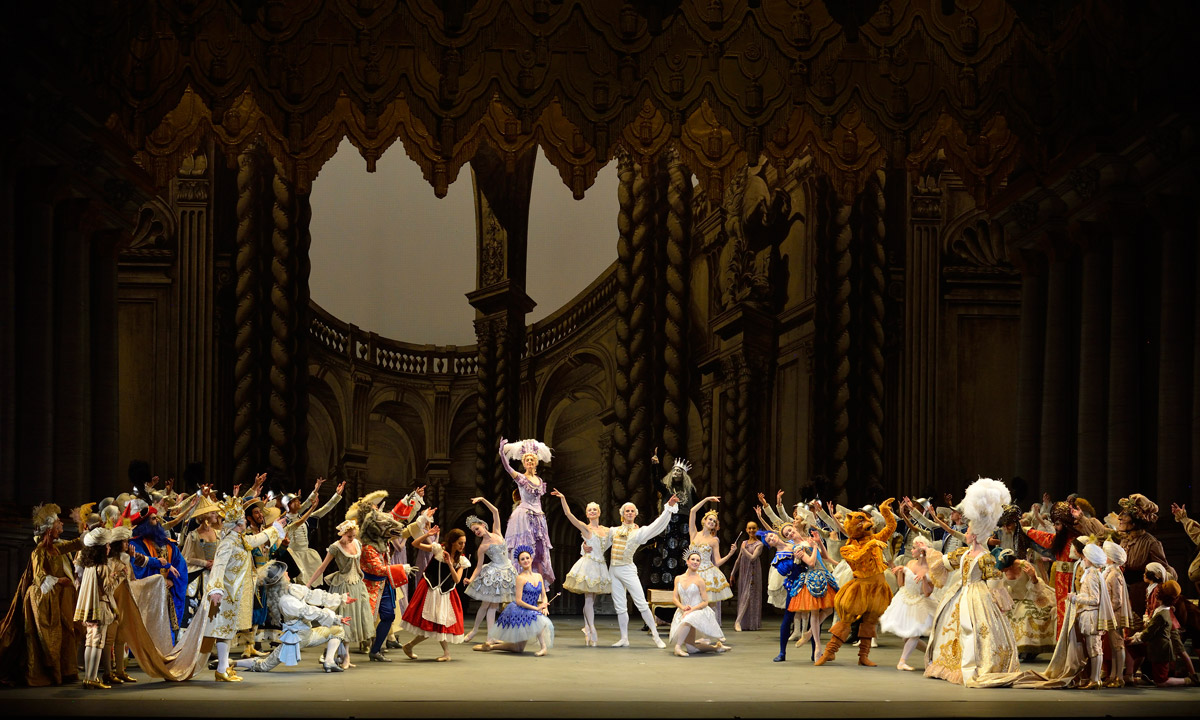
© Gene Schiavone. (Click image for larger version)
If anything, the ballet still needs time to settle; there is so much going on, and there are often so many people onstage at once that sometimes the lines can begin to blur. The style is less formal than what usually passes for Petipa. It takes time to adapt to this cosier, busier style. But there’s no doubt about it: Sleeping Beauty is alive and well at ABT.












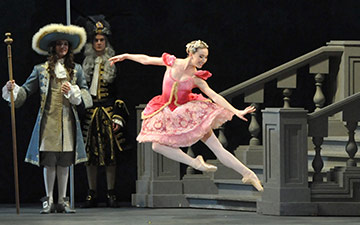
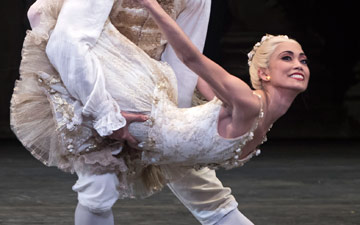
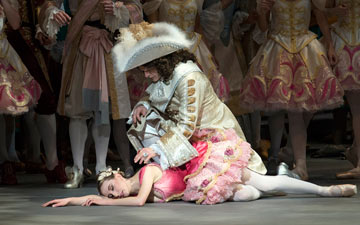
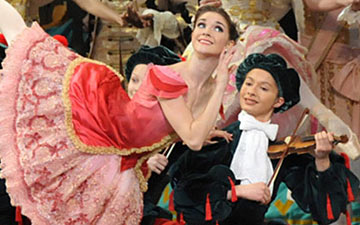
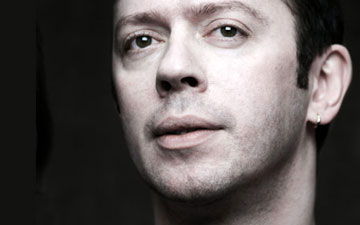
You must be logged in to post a comment.